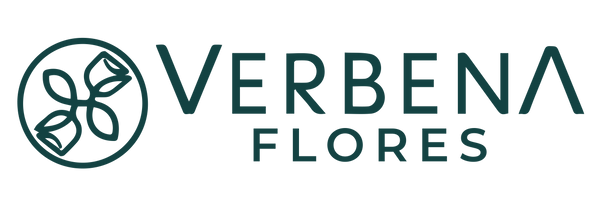In the world of gardening, selecting the right flowers to attract bees and hummingbirds is key to fostering biodiversity and beautifying our surroundings. With the right knowledge, we can create spaces that are not only visually appealing but also beneficial to local wildlife.
Importance of Flowers for Bees and Hummingbirds in the Garden
Bees and hummingbirds play fundamental roles in natural ecosystems by acting as pollinators. Bees are responsible for pollinating a wide variety of plants, including many of our food crops, while hummingbirds are known for their ability to reach flowers with their long beaks and forked tongues, thus facilitating the pollination of specific species.
Flowers Attractive to Bees
Lavender ( Lavandula spp. )
Lavender is one of the most popular flowers, both for its fragrance and its ability to attract bees. Its purple and blue flower spikes give off an irresistible scent for these pollinators, who are attracted to the abundant nectar and pollen it offers. Planting lavender in your garden not only beautifies the space but also contributes to the health of local bee populations.

Borage ( Borago officinalis )
Borage is another plant highly prized by bees due to its deep blue, star-shaped flowers. This annual plant is easy to grow and blooms throughout spring and summer, providing a constant feast of nectar for bees. Plus, its leaves are edible and have a fresh, slightly salty flavor, making it a versatile choice in the garden.

Flowers Attractive to Hummingbirds
Sage ( Salvia spp. )
Sage is a perennial that produces tubular flowers that are perfect for the long, slender beaks of hummingbirds. These small, vibrant birds are attracted to the abundant nectar offered by sage, and its presence in the garden can add a fascinating display of color and movement. Sage comes in a variety of colors, from deep purple to bright red, allowing you to choose the one that best complements your outdoor space.

Mexican Trumpet ( Zauschneria californica )
The Mexican trumpet flower , also known as the fire flower, is another plant that powerfully attracts hummingbirds. Its tubular red or orange flowers are ideal for these birds due to their high nectar content and their shape, which makes them easy to feed with their beaks. This hardy perennial blooms throughout summer and fall, offering a constant food source for migratory and resident hummingbirds.

Tips for Attracting and Caring for Bees and Hummingbirds in Your Garden
To maximize the presence of bees and hummingbirds in your garden, consider these practical tips:
- Strategic Planting: Group plants that attract these creatures close together for easy access and to take advantage of their feeding habits.
- Avoid Toxic Pesticides: Choose organic gardening methods to protect bees and hummingbirds from harmful chemicals.
- Provide Water: Place shallow water sources with rocks so bees and hummingbirds can drink safely.







